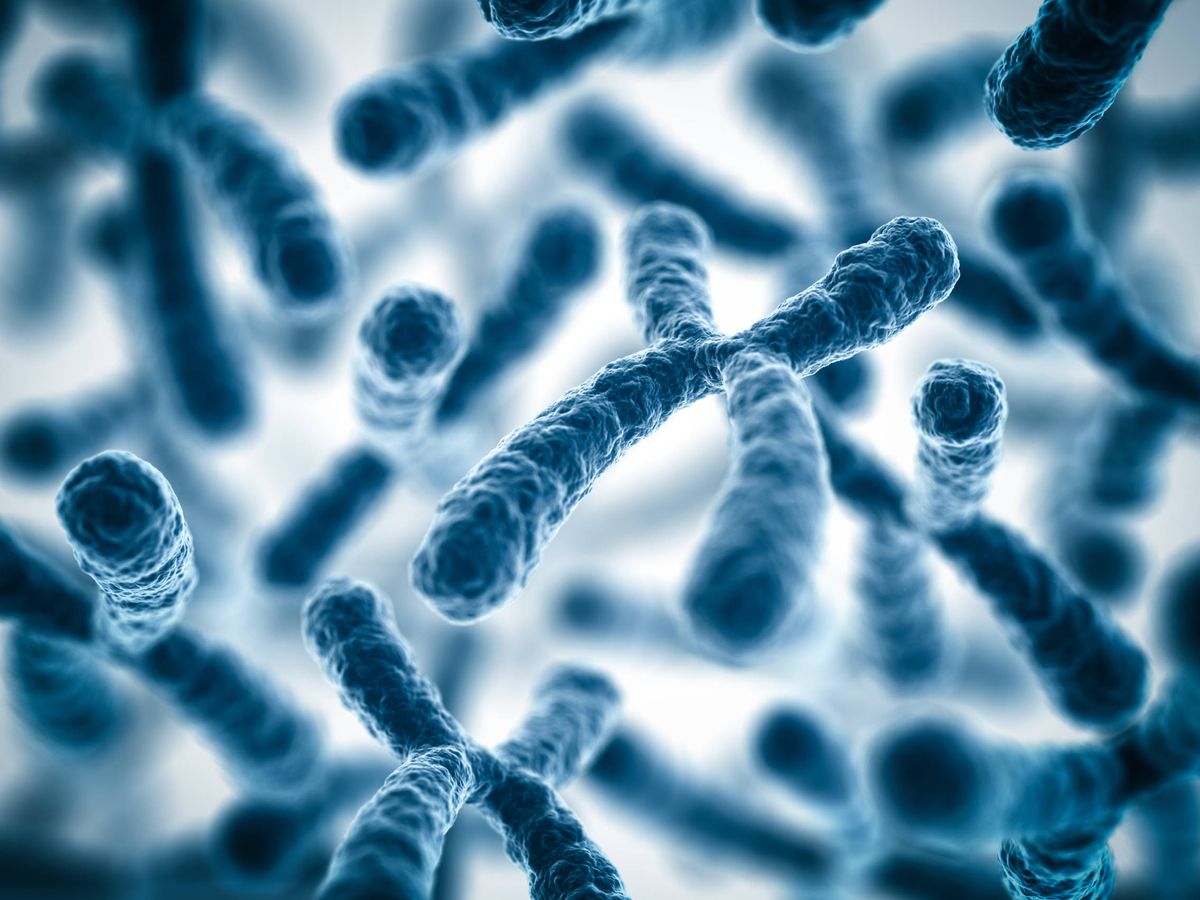In the age of genetic advances, a small piece of DNA that for millions of years has been associated with male biological development is losing prominence: the Y chromosome. Humans and most other mammals have two sex chromosomes (X and Y) that together determine a person’s sex.
That piece of DNA called the Y chromosome, traditionally associated with the male sex in humans, is slowly disappearing. And as this happens, a new chapter in evolution opens—one that invites us to question not only biology, but also the social constructs that revolve around it.
Why is the Y disappearing?
For a long time, the Y chromosome has been seen as the biological “marker” of male sex. About 160 million years ago, this chromosome was just as large as its counterpart, the X chromosome. But since then, it has been losing genes like someone forgetting memories from a past life. Today, while the X retains about 900 functional genes, the Y only has about 55. Yes, 55.
And although this process is slow—science estimates that, if it continues at its current rate, the Y could disappear completely in about 10 million years—the truth is that we are already seeing its effects on human health, especially in bodies assigned male at birth. It sounds like science fiction, but it’s pure evolution.
What does its disappearance imply?
One of the great misunderstandings surrounding the topic is the belief that if the Y chromosome disappears, “masculine” people will disappear. But that is looking at evolution from too narrow a perspective.
In reality, the Y chromosome is not essential for individuals with male sexual characteristics to exist. Some rodent species, for example, have already evolved without it. How do they do it? They developed new genes that took over the Y’s function, demonstrating that biology finds alternative paths to move forward.
Beyond the evolutionary future, the Y chromosome already shows signs of loss in aging bodies, especially in the blood cells of people who are considered male. This phenomenon, called mosaic Y chromosome loss, is linked to an increased risk of cardiovascular disease, certain types of cancer, and accelerated aging.
In other words, the progressive loss of the Y chromosome is not only a matter of evolution, but also of health.
Nature finds alternatives (and so does science)
Evolution has shown that it can adapt its mechanisms to move forward. The same could happen in our species. If the Y chromosome were to disappear in the future, another gene would likely take over the function of activating male sexual development in the embryo.
And if that weren’t enough, technology also offers new possibilities: from advances in assisted reproduction that could allow the creation of sperm without the need for a Y chromosome, to methods for people with diverse genetic makeups to gestate or conceive without following the traditional reproductive model.
In other words: the end of the Y chromosome isn’t the end of anyone. It’s just one more sign that biology, like society, is constantly changing.
The disappearance of the Y chromosome doesn’t mean the end of diversity. On the contrary: it could mark the beginning of a new era, where gender is no longer tied to DNA and we can understand identity from a more free, conscious, and plural place.
Sigue toda la información de HIGHXTAR desde Facebook, Twitter o Instagram
